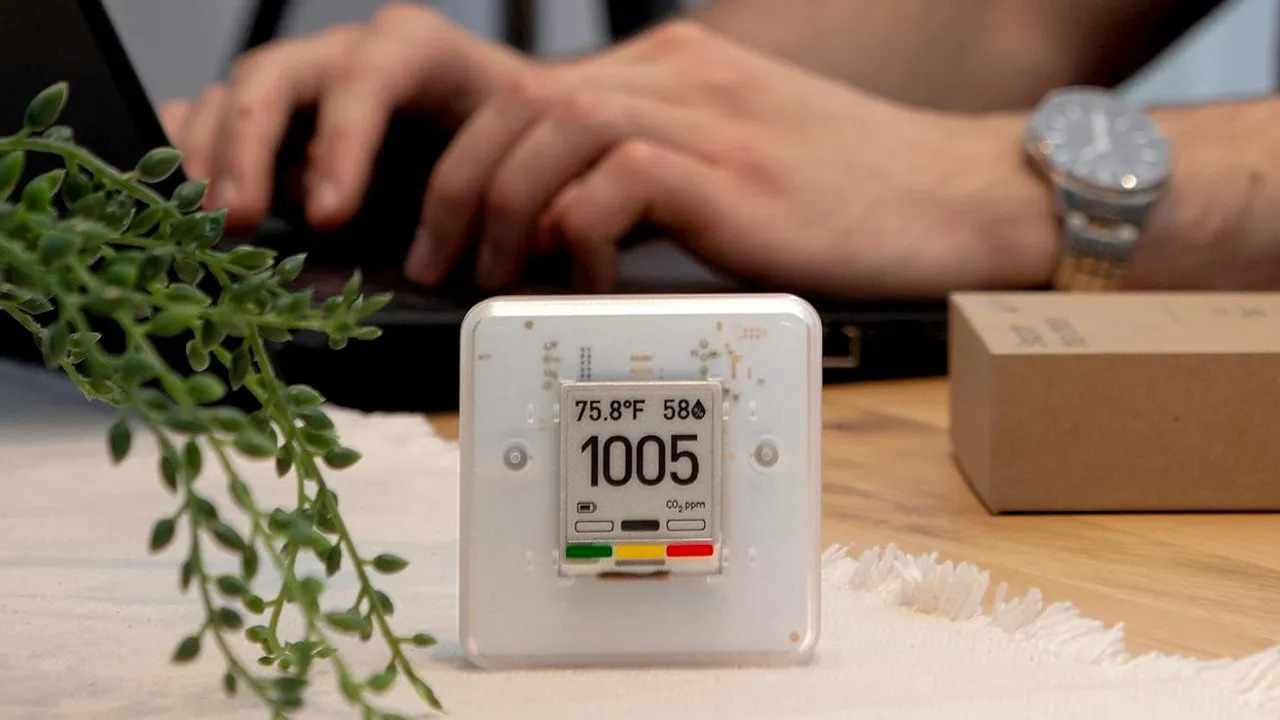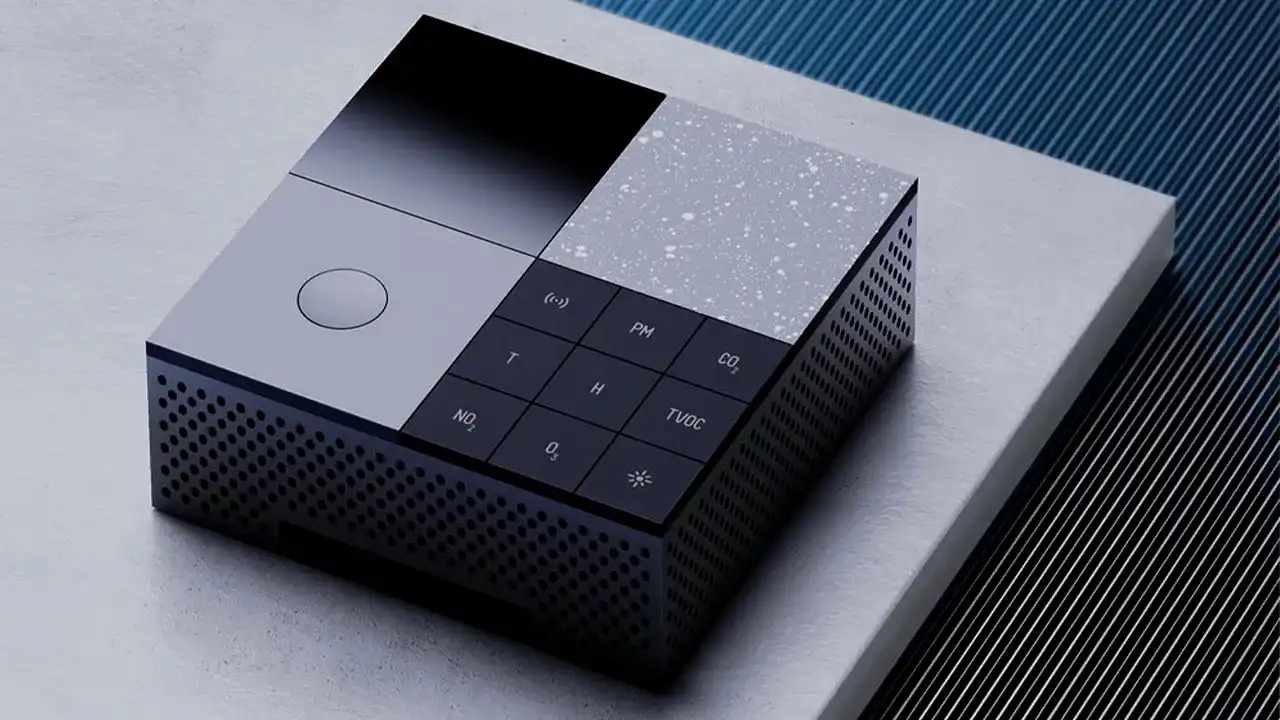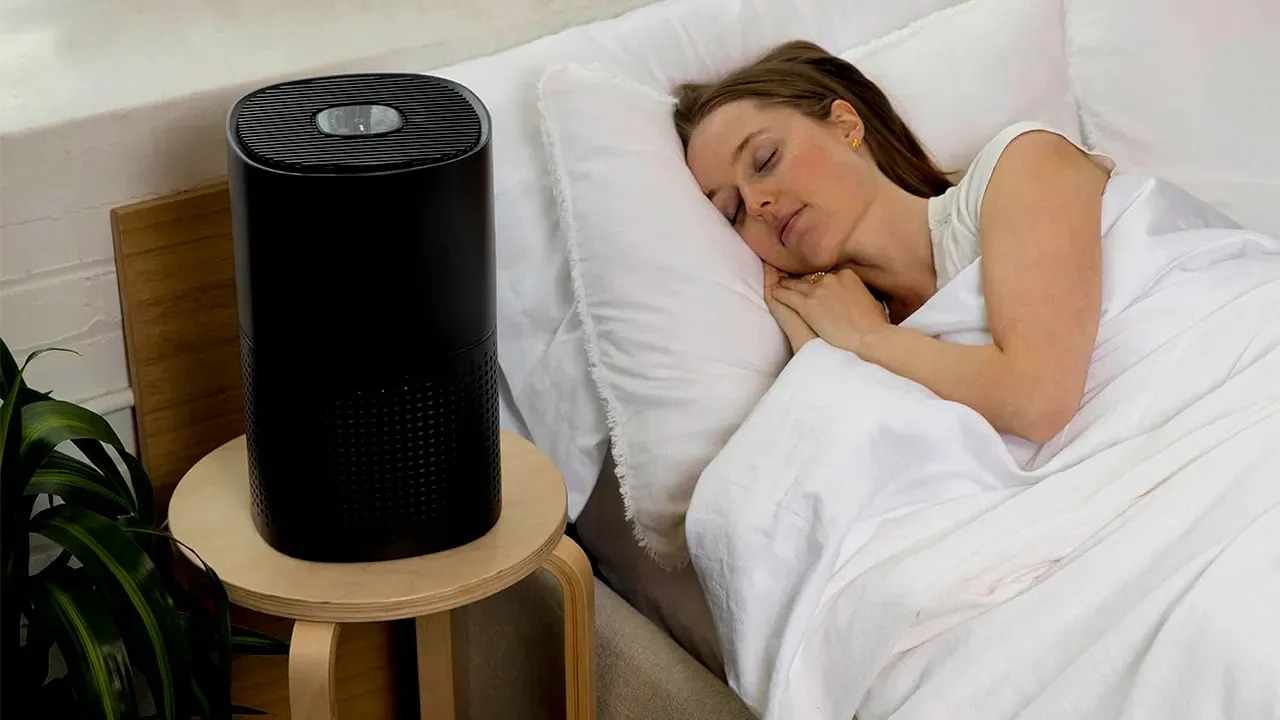
When was the last time you thought about the air in your home?
Most people don’t. We clean the floors, wash our hands, and filter our water—but ignore the air we breathe every minute. According to IIT Delhi, people spend over 90% of their time indoors. If that air is polluted, it impacts your health every single day.
That’s where smart indoor air quality monitors come in. These compact devices check your air, alert you to problems, and even help fix them automatically.
What Poor Indoor Air Quality Means for Your Health
Just because a room looks clean doesn’t mean the air is. Indoor pollutants can silently affect your body and brain.
Short- and long-term effects of poor air include:
Breathing problems and asthma
Trouble sleeping and feeling tired
Low energy, mood dips, or poor focus
Increased risk of heart disease, lung issues, and even cancer
One real-life example: A man in Mumbai installed a smart air monitor after his daughter had frequent nighttime coughing. The monitor showed high VOCs after using room spray. He removed the spray—and her coughing dramatically improved.
Common Indoor Pollutants You Can’t See
Here’s a quick look at what usually pollutes the air in your home:
PM2.5: Comes from smoke, cooking, and candles. Can cause coughing and lung irritation.
VOCs: Found in cleaning sprays, perfumes, and paints. Can cause dizziness and breathing problems.
CO2: Buildup from poor ventilation and crowded rooms. Can make you drowsy or foggy-headed.
Mold and Pet Hair: Trigger allergies and asthma, especially in kids and seniors.
Even if you can’t see or smell them, these pollutants affect your health.
What Is a Smart Air Quality Monitor?
Smart air monitors are small electronic devices that measure indoor air pollutants 24/7. They track real-time air quality data, send alerts to your phone, and can even trigger other devices like air purifiers or fans when needed.
What they do:
Show real-time air quality data
Alert you when air gets unhealthy
Suggest fixes or take automatic action
Connect with voice assistants like Alexa or Google
In offices and homes alike, these monitors are now part of a modern healthy lifestyle.
Real-Time Alerts and Smart Automation
These devices do more than track air—they help fix problems before you notice them.
For example, while cooking, if PM2.5 spikes, the monitor can:
Notify you on your phone
Automatically turn on your air purifier
Ask Alexa or Google to take action
It’s like having an invisible air safety assistant working behind the scenes.
Why Smart Monitors Beat Traditional Solutions
Here’s how smart monitors improve on old-school air monitoring:
Traditional devices don’t send alerts—smart monitors do
Old systems require manual action—smart ones automate it
Basic monitors just show numbers—smart systems provide trends and health tips
Smart devices connect with your digital home setup
Top Smart Air Quality Devices for Homes
Here are some of the best smart monitors for different needs and budgets:
Airthings View Plus
Monitors radon, VOCs, humidity, CO2, and PM2.5. It integrates with Alexa and is ideal for homes near high-pollution zones or construction.
Awair Element
Stylish, minimalist, and provides actionable feedback. Great for bedrooms and home offices.
Dyson Purifier Cool
A combo of purifier and monitor. It detects and cleans air automatically, showing live updates on its screen and mobile app.
Alexa IAQ Alerts
Connect your air monitor to Alexa. Ask, “What’s the air quality in my living room?” and get instant answers. It can also act when air quality drops.
How to Use Smart Devices to Improve Indoor Air Quality
Automate Responses
Set your device to automatically turn on purifiers, fans, or dehumidifiers when air quality drops.
Connect with Alexa, Google Home, or Apple HomeKit
Use voice commands to check air quality, or build routines like “Good Night” that purify your air before sleep.
Track Patterns and Change Habits
Smart monitors help identify trends. For example:
VOC spikes when you spray perfume
PM2.5 rises while cooking
CO2 builds up after long Zoom calls in a closed room
Once you know the cause, you can change simple habits like ventilating more often or using safer products.
Smart Air Monitoring: What’s the ROI?
While these devices may seem like a premium investment, they offer long-term savings and health gains.
Typical Costs and ROI Timeline
Basic monitor: $150–300 – ROI in 3–6 months
Advanced monitor: $300–500 – ROI in 6–12 months
Monitor + purifier: $500–800 – ROI in 12–18 months
Health & Productivity Benefits
40–60% fewer sick days
25–35% better sleep quality
15–25% improved focus
$500–$2,000 saved annually on medical costs
Final Thoughts: Your Home’s Air Needs Monitoring, Too
Every breath in your home is either helping or hurting your health. Smart air quality monitors offer a simple way to take control.
You don’t need to be tech-savvy or a health expert—these devices do the thinking for you. All you need to do is act on the data they provide.
Cleaner indoor air leads to:
Better sleep
Fewer allergies
Sharper focus
A healthier family
If you’ve been wondering how to monitor air quality at home, this is the easiest and most effective way to start.
Read the full guide at: How Smart Air Quality Monitors Can Help You Improve Indoor Air Quality






Write a comment ...